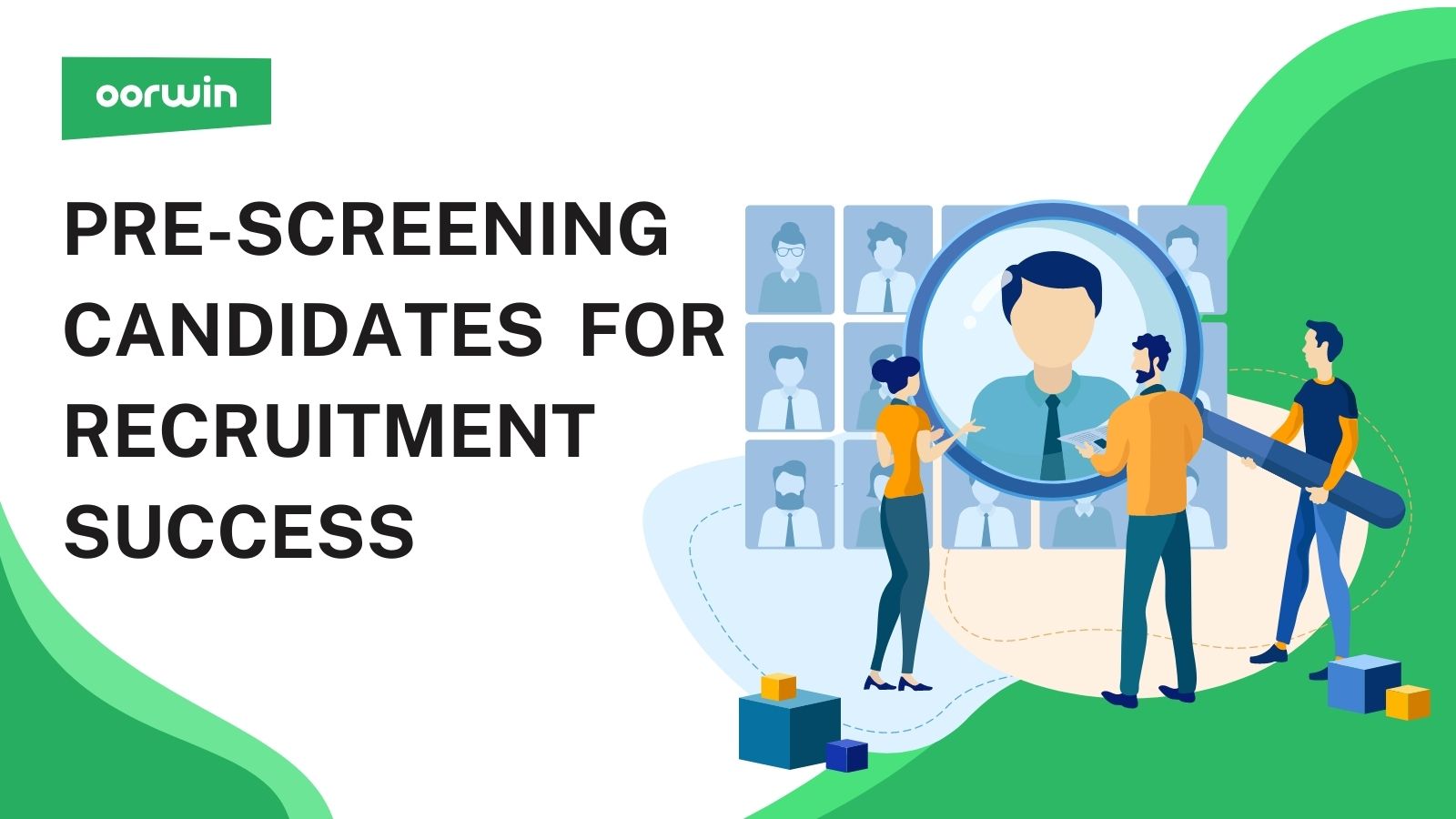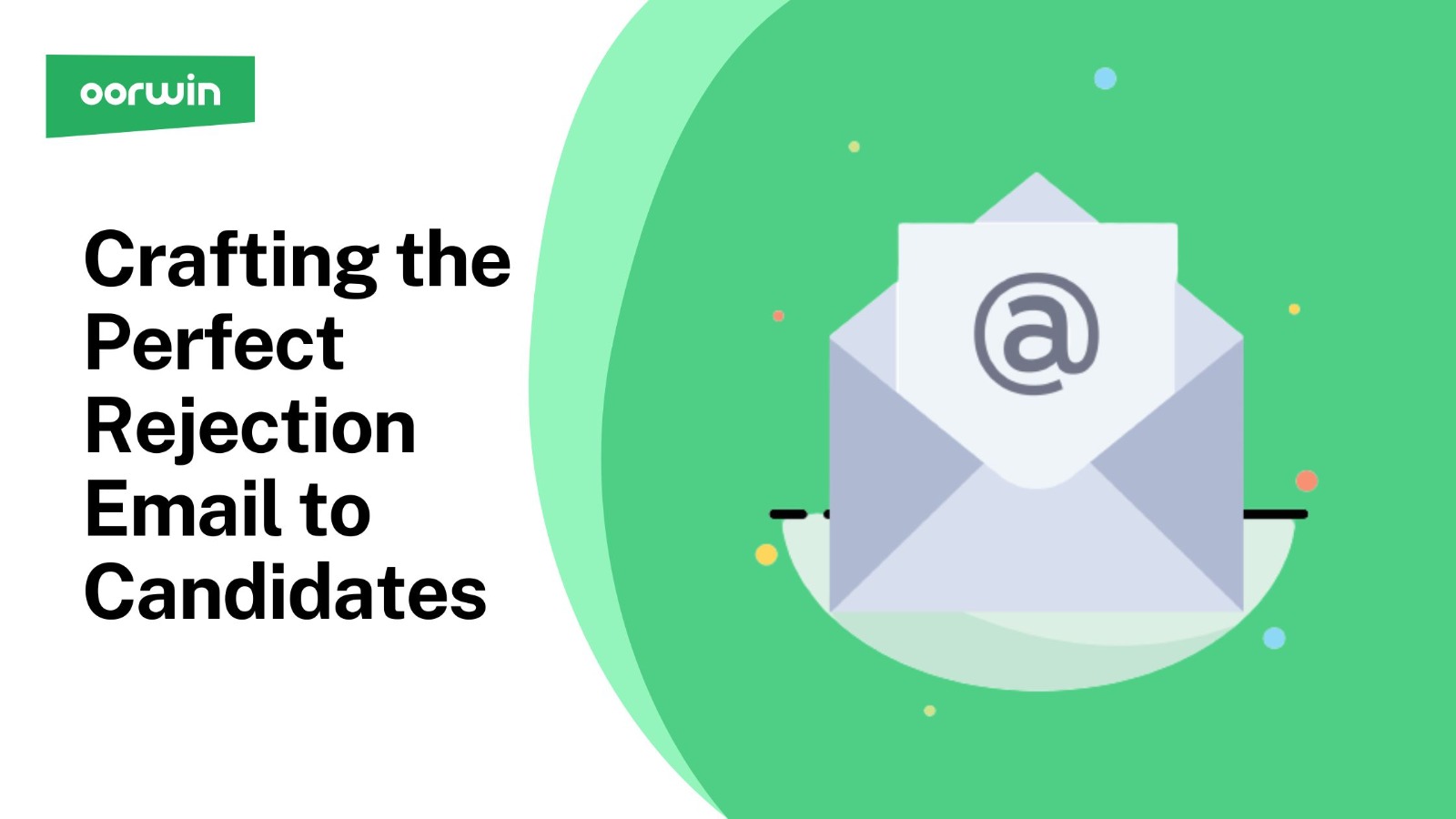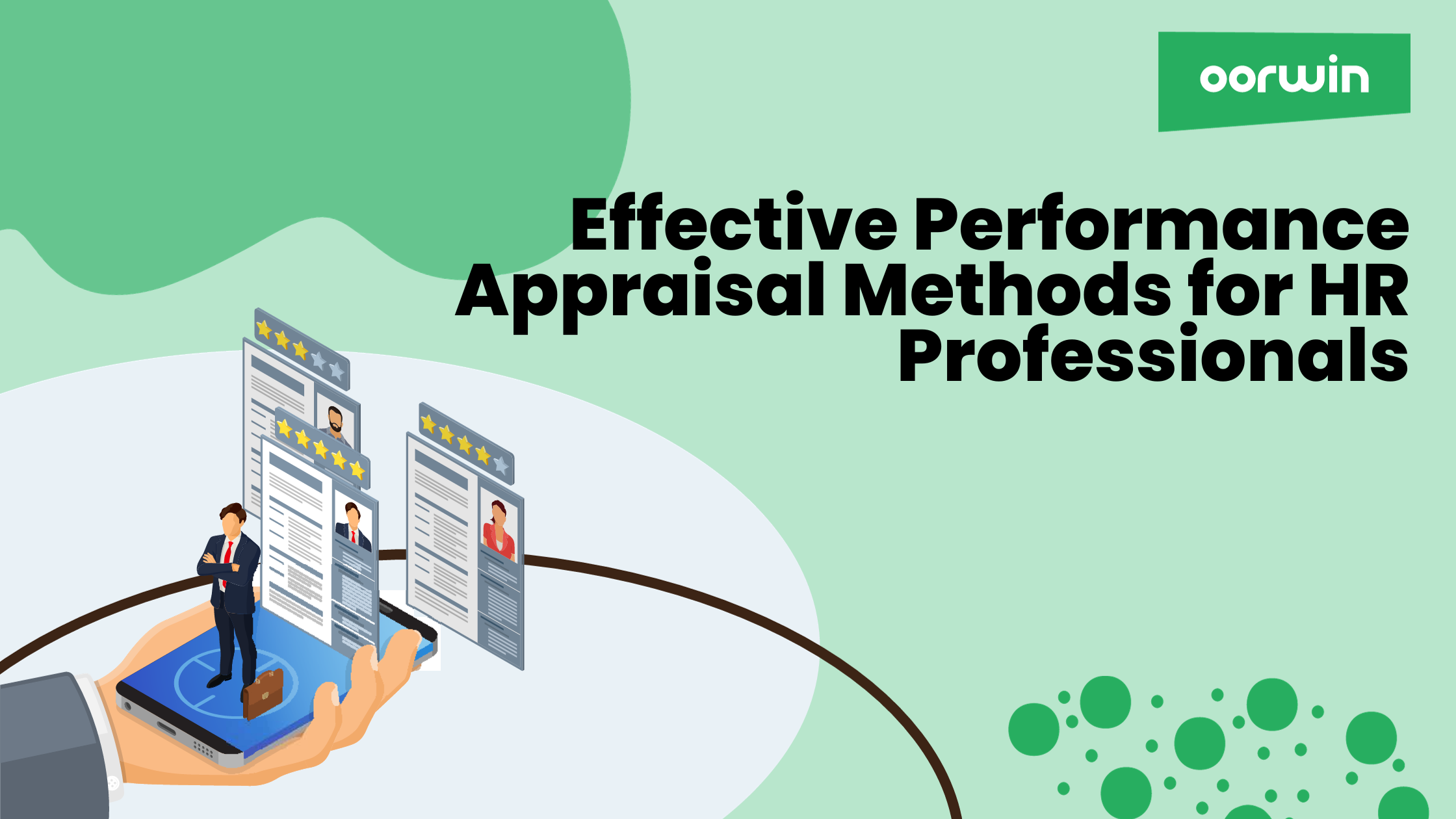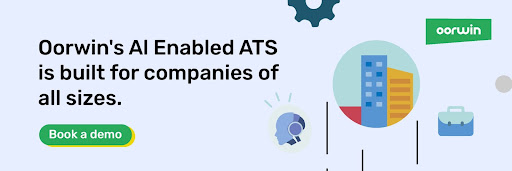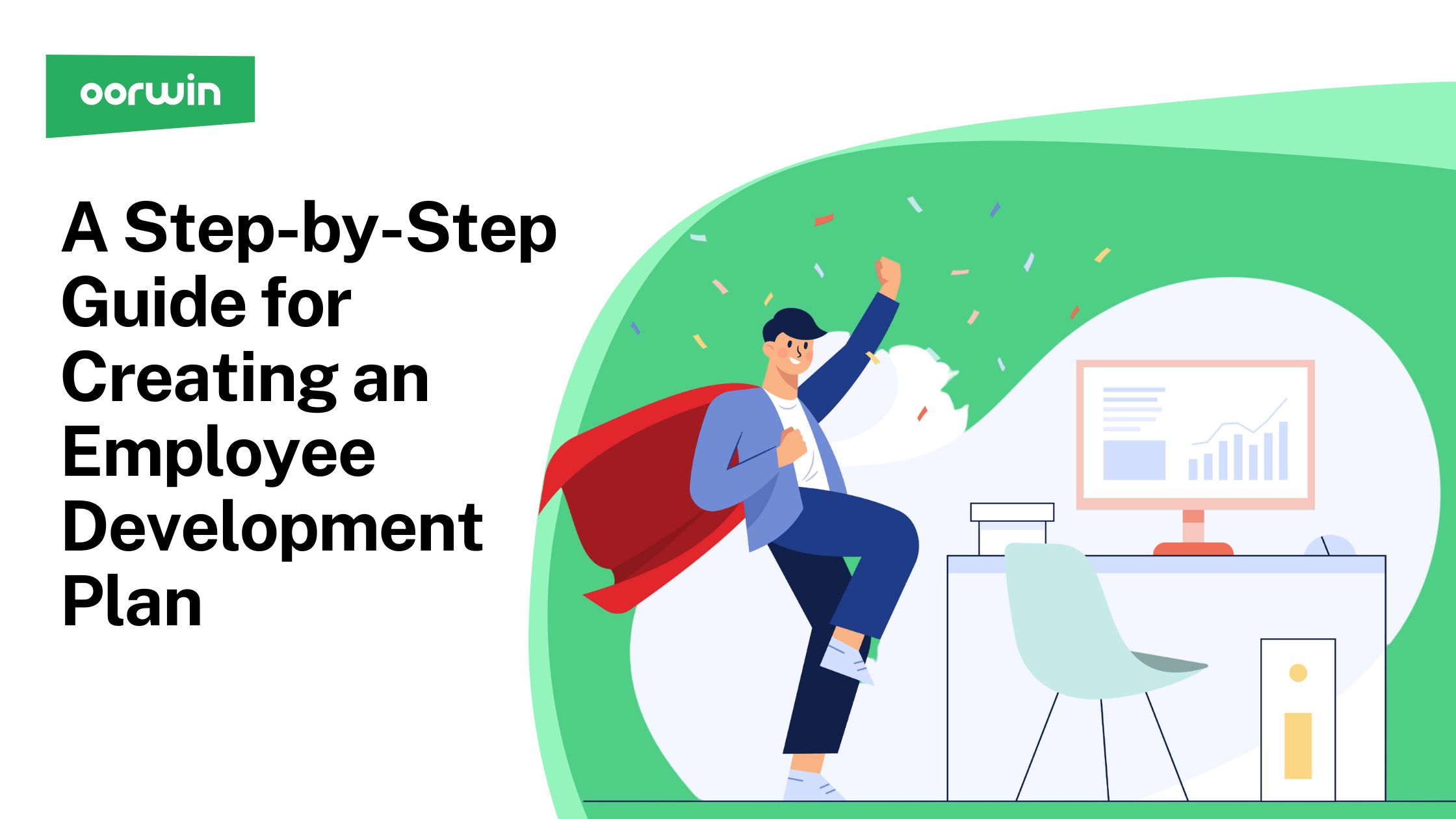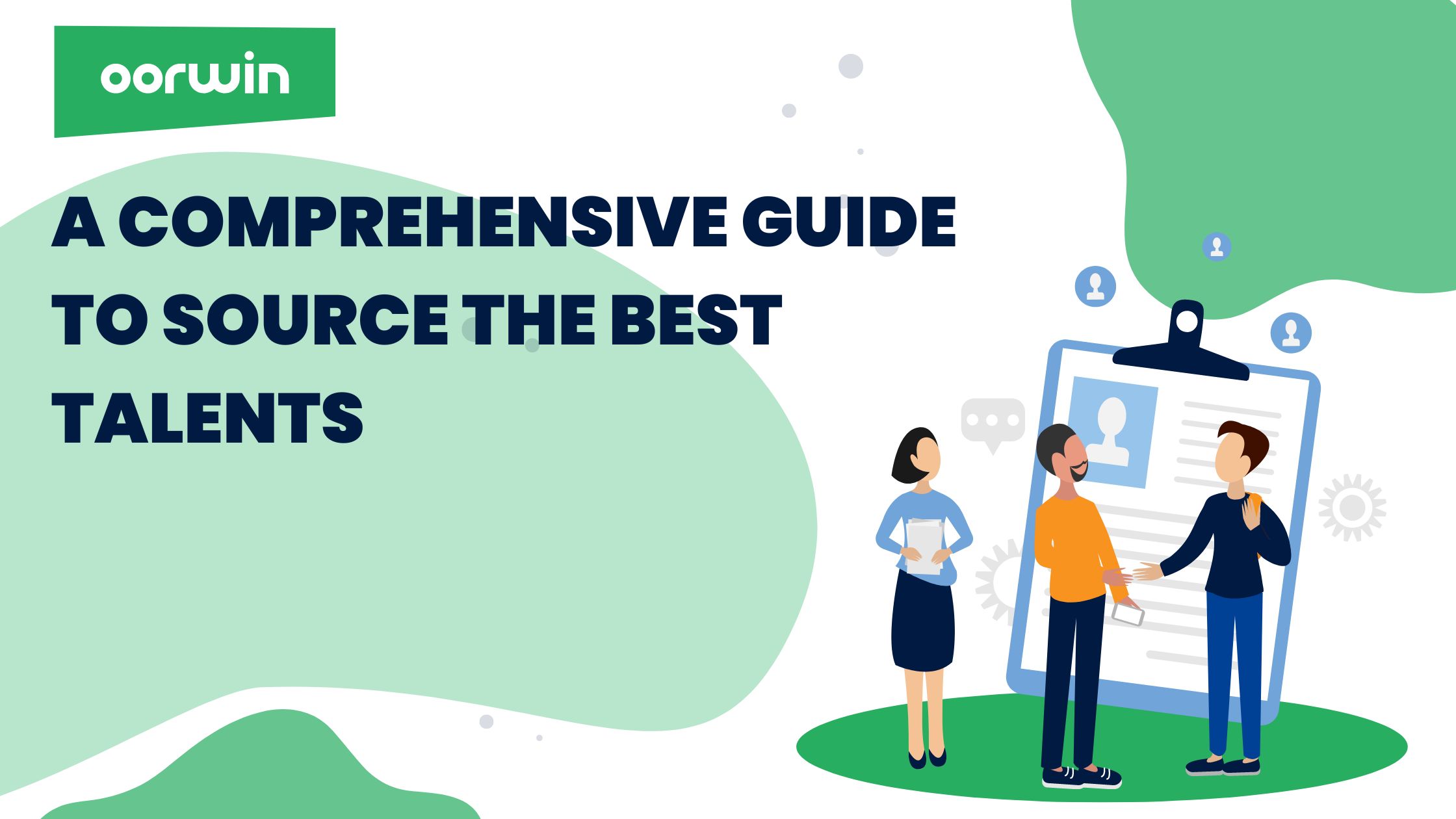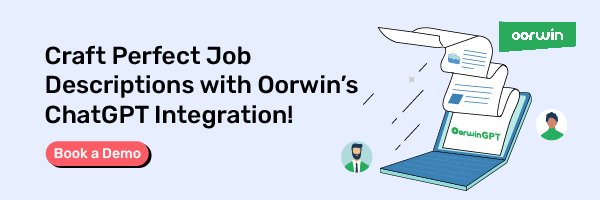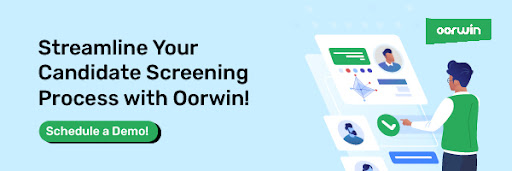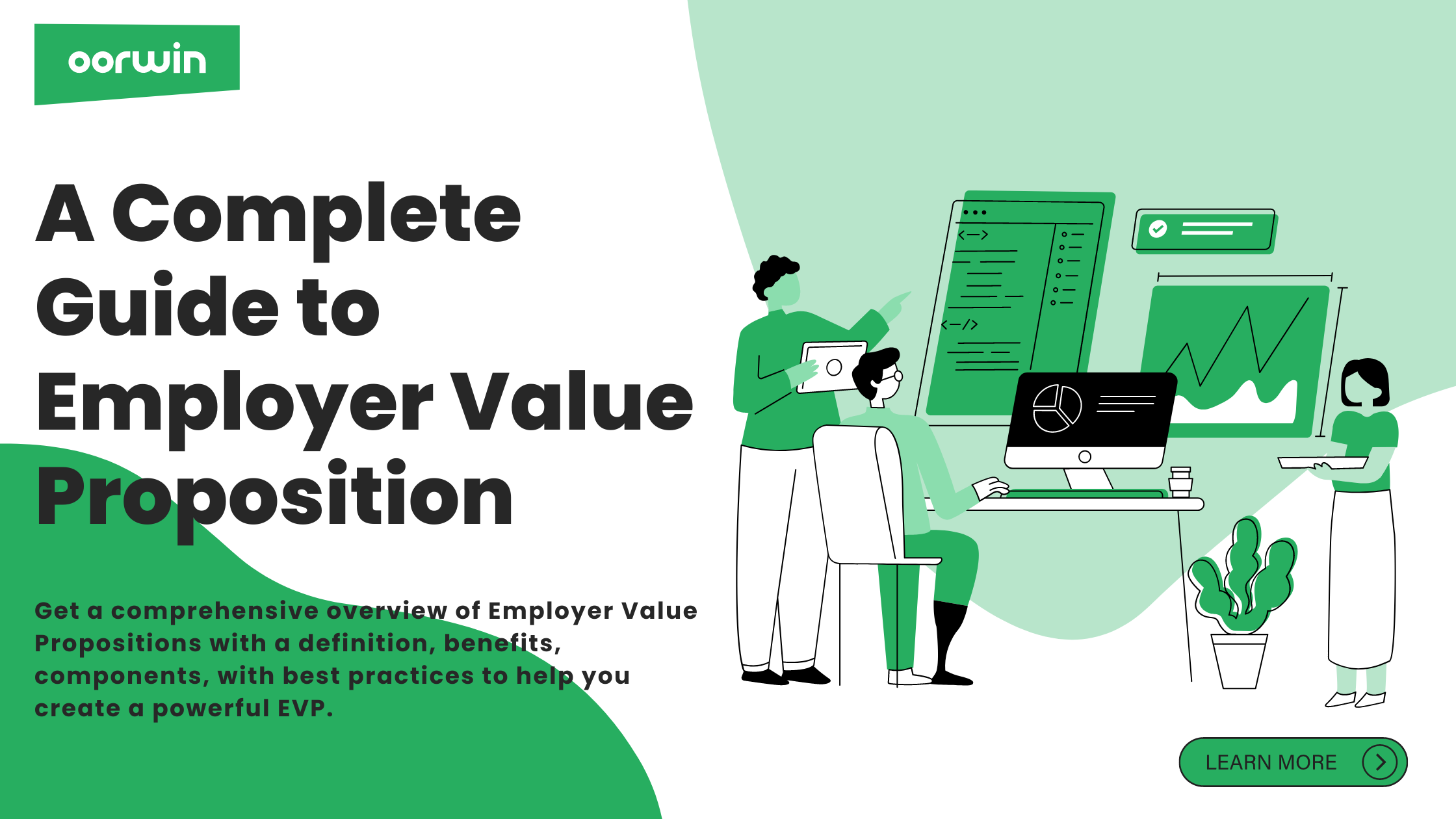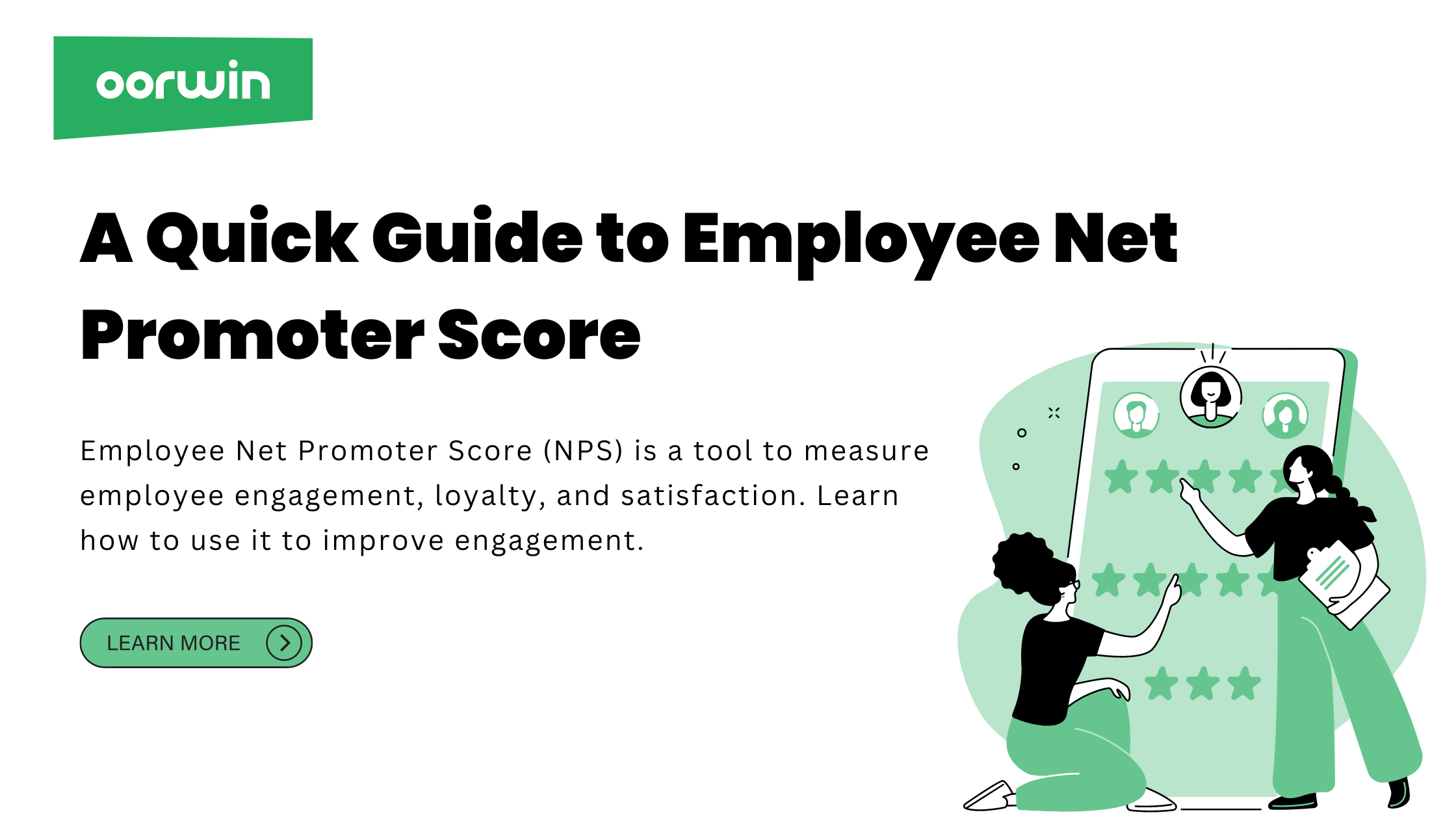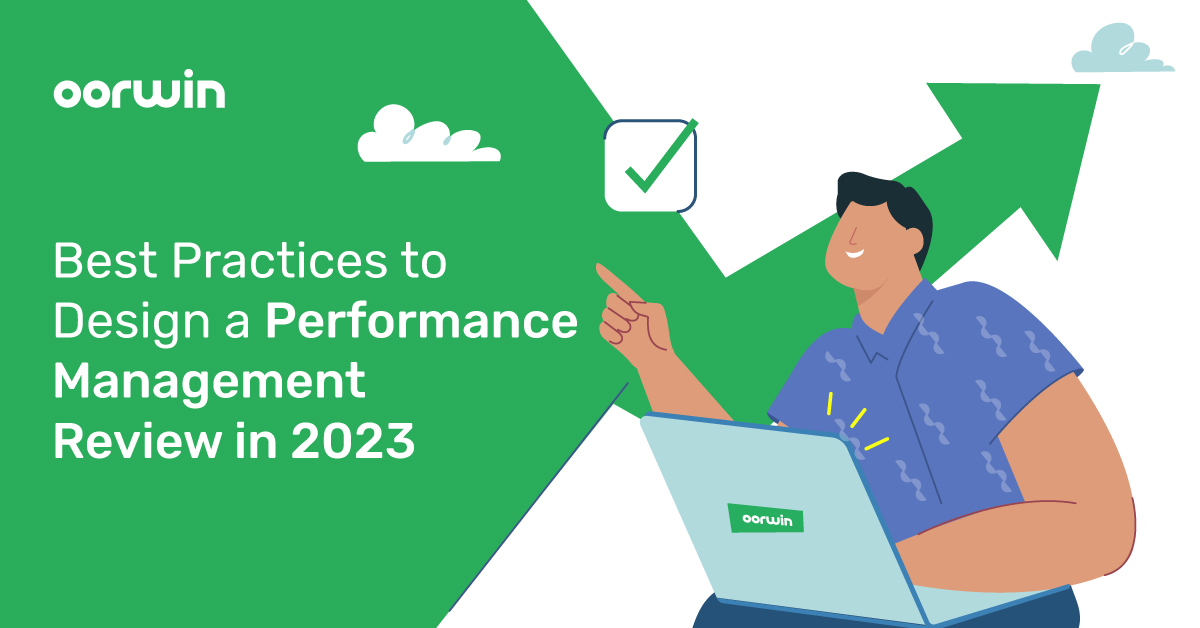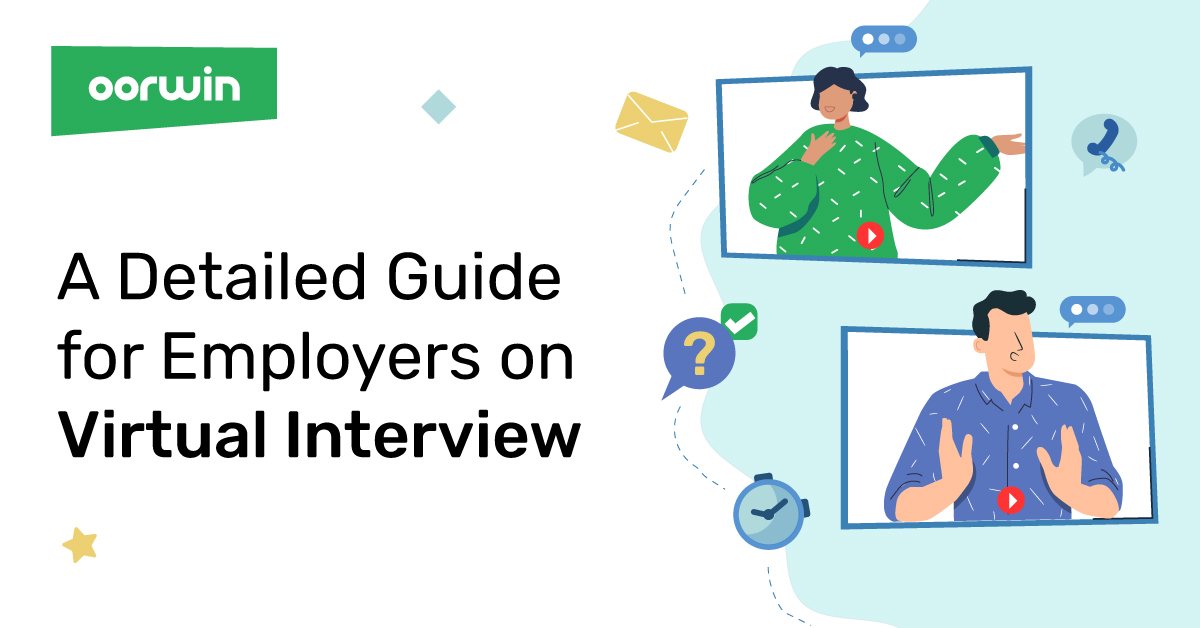Best Practices for Designing Effective Performance Management Reviews
Organizations are increasingly acknowledging the importance of updating their management systems to keep up with the competitive landscape of today’s market.
Research shows that outdated practices, such as yearly performance reviews, are losing their effectiveness and can actually harm employee motivation and engagement. In response, a growing trend among businesses, from large corporations to small enterprises, including many Fortune 500 companies and industry leaders, is the adoption of advanced performance management strategies.
These performance management best practices represent a forward-thinking approach to boosting employee performance and are gaining traction for their ability to bring about positive change within organizations.
What is Performance Management
Performance management is setting goals and objectives, measuring progress, and providing feedback and recognition to employees to ensure they meet organizational expectations and achieve their full potential.
It includes activities such as performance appraisal, coaching, and development planning. Performance management aims to improve employee performance and productivity, align individual goals with organizational goals, and build a culture of accountability and continuous improvement.
Unlike traditional methods of evaluating employee performance, such as annual performance appraisals, performance management offers a more dynamic and engaging approach that yields superior results.
For Human Resources departments, the role of performance management is pivotal. It encompasses not just the assessment of performance but also plays a significant role in the onboarding of new hires, their ongoing development, and retaining talent within the company.
The shift away from yearly appraisals is driven by an increasing awareness of their limitations. These traditional methods often don’t fully engage employees, struggle to align individual goals with the company’s, and fail to provide a comprehensive view of an employee’s performance.

The Importance of Performance Management in Modern Organizations
Performance management is emerging as an essential resource for businesses of all sizes, providing deep insights into employee activities, methodologies, and motivations. This approach goes beyond the constraints of traditional performance evaluations, such as annual reviews, by creating a more dynamic and interactive environment that drives better results. It facilitates a continuous dialogue between employees and managers, encouraging regular feedback and more frequent opportunities for performance assessment and recognition. This shift from a once-a-year evaluation to an ongoing conversation not only enhances employee engagement but also aligns individual goals with the broader objectives of the organization, leading to significantly improved outcomes.
Key Benefits of Performance Management System
Performance management is a critical element in the strategic fabric of modern organizations, delivering numerous benefits that streamline processes, boost productivity, and cultivate a culture of ongoing improvement and recognition. Here are the benefits of performance management review.
1. Clear Role Delineation and Feedback
Without a systematic approach to outline roles, identify individual strengths and areas for improvement, provide meaningful feedback, take corrective actions, and recognize positive contributions, managers find it challenging to effectively lead their teams. Performance management facilitates these aspects, ensuring employees understand their roles and expectations clearly.
2. Integration with Incentive Management
Many forward-thinking companies are combining performance management with incentive management. This combination enhances the effectiveness of both processes by setting clear objectives, evaluating employee performance, and importantly, rewarding achievements. Such integration ensures that the crucial aspect of recognition in performance management is not overlooked, thereby enhancing motivation and performance.
3. Enhancing Employee Engagement
Employee engagement is crucial for any management team. Traditional annual reviews, which set and assess goals once a year, often hinder employee engagement. In contrast, regular feedback mechanisms, preferred by a significant majority of employees, allow for timely goal adjustments and renewed focus, linking closely to better financial outcomes for organizations. This approach addresses common grievances with annual reviews, including their failure to provide timely feedback and effectively address concerns as they arise.
4. Retaining Talent
Regular performance conversations that include problem-solving and training opportunities increase employee retention. Employees value the investment in their professional growth and are more likely to stay with an organization that demonstrates a commitment to their success.
5. Developing Internal Leadership
Continuous development and open dialogue between managers and employees pave the way for nurturing internal leadership. This strategy not only saves costs related to hiring and training external candidates but also ensures leaders who are well-aligned with the company culture. Promoting from within also serves as a motivational tool, showing employees a clear path for advancement based on their contributions and achievements.
6. Continuous Organizational Alignment
Performance management ensures that employee goals and organizational objectives are in constant alignment. This ongoing evaluation allows for adaptability in response to new technological advancements, market shifts, and other external factors, ensuring strategies remain relevant and focused throughout the year.
Performance Management Best Practices for Designing an Effective Systemeffic
Effective performance management is important because it helps organizations achieve their goals by ensuring that employees work toward them efficiently and effectively. It also helps to identify and address any issues or problems hindering performance and to provide feedback and support to employees to help them improve. With technological progress, adopting performance management best practices is crucial for companies aiming to create an effective performance management system. These best practices simplify the evaluation process and boost both employee engagement and development, significantly aiding in the company’s overall success.
Using OKRs for goal setting
Using Objectives and Key Results (OKRs) for performance management helps organizations set goals aligned with the organization’s overall strategy and objectives. It also allows for regular tracking and review of progress and encourages continuous improvement and learning. OKRs enable organizations to focus on the most important goals and help to prioritize efforts. Using OKRs in an agile performance management system enables organizations to move quickly and adapt to market changes, organizational structure, or team dynamics.
Ongoing Development Conversations
Ongoing development conversations are regular meetings between managers and employees that focus on discussing performance, setting goals, and identifying development opportunities. It allows employees to receive feedback on their performance, discuss their career aspirations, and identify areas for skill development.
They allow employees to discuss their career aspirations and identify areas for skill development, which can help retain high-performing employees and improve the organization’s overall talent management. Such conversations enable managers to identify performance issues early on and address them before they become more significant problems.
Continuous 360 Feedback
Continuous 360 feedback is a performance management process where employees receive feedback from multiple sources, including their manager, peers, subordinates, and customers. This feedback is collected on an ongoing basis and used to inform performance appraisals, goal setting, and development planning. It provides a more holistic view of an employee’s performance, including feedback from multiple sources, not just the manager.
It helps to identify areas for improvement and development as employees receive feedback on their strengths and weaknesses from various perspectives. Such a feedback mechanism encourages open communication and collaboration, as employees receive feedback from their peers and subordinates, which can foster a positive and supportive work culture.
Social Recognition of Performance
It involves acknowledging and rewarding employees for their contributions in a way that is visible to their peers and the wider organization. It can include public recognition, bonuses, and awards and is often used in addition to traditional performance management methods such as appraisals and goal setting.
Social recognition of performance helps to improve employee engagement and motivation, as it acknowledges and rewards employees for their contributions and encourages them to continue to perform well. It helps to build a positive and supportive work culture, as it enables employees to recognize and acknowledge the contributions of their peers, which can foster a sense of community and collaboration.
Involve Employees in the Process
Involving employees in the performance management review process can increase their engagement. It can be done by allowing them to provide input on their performance, such as self-evaluation. The company can also invite them to give feedback on the performance of their peers, which can help to create a more well-rounded view of performance. The company can also get the employees involved in setting their own performance goals and objectives, which can help ensure they are aligned with the organization’s goals.
Leveraging Guidelines Effectively
Creating guidelines for each role is a critical first step in the performance management cycle. These policies or guidelines are essential for setting clear boundaries and expectations around opportunities, exploration, and experimentation within each position. Employees perform more effectively and confidently when they have a well-defined set of guidelines to guide their actions and decisions.
Organize Cross-Functional Workshops
Cross-functional workshops serve as a valuable platform for employees and managers, providing a comprehensive insight into the operational dynamics, thought processes, strengths, and areas for improvement across different departments. This exposure isn’t just educational; it’s crucial for uncovering innovative ideas and building relationships that set the foundation for enhanced collaboration on future projects. Participating in these workshops promotes a culture of learning and mutual respect, leading to a more unified and productive organizational environment.
Strengthening Leadership at All Levels
Coaching, training, and evaluating shouldn’t be reserved for employees alone. Enhancing the skills of managers is equally vital for fostering effective leadership throughout the organization. This strategy ensures a steady flow of knowledgeable leaders who can navigate teams to success.
Additionally, aligning managerial conduct with the company’s culture promotes organizational coherence, ensuring everyone moves in the same direction with clear purpose. This focused approach to leadership development enhances overall performance and alignment.
5 Steps to Implement a Performance Management Process
Implementing a performance management system can help organizations evaluate and improve their employees’ performance effectively. Let’s look at the steps that can be taken to implement a performance management process:
Performance Plan
The company must define the goals and objectives of the performance management system and ensure that they are aligned with the goals and vision of the organization.
- Identify the key performance indicators that will be used to assess progress. These should be specific, measurable, and aligned with the goals and objectives of the system.
- Develop a communication plan that outlines how performance will be communicated, reported, and discussed throughout the organization.
- Establish a timeframe for the performance management process, including the frequency of performance appraisals, goal setting, and development planning.
- Create a process for providing regular, constructive, and actionable feedback. This should include both positive and negative feedback and should be given promptly.
- Establish a process for recognizing and rewarding performance: Establish a process for identifying and rewarding performance that is aligned with the organizational values and goals and is fair and transparent.
Performance Management Goals
When setting performance management goals for a performance review, it is important to ensure that they are specific, measurable, achievable, relevant, and time-bound (SMART). For example: Improve customer satisfaction ratings by X% within the next six months by providing additional training to customer service representatives.
Performance Review System
A performance review system is a process used by organizations to evaluate and provide feedback on their employees’ job performance. It can include a review of an employee’s job responsibilities, accomplishments, skills, and areas for improvement. A performance review system aims to help employees improve their performance, support their career development, and align their work with the organization’s goals. Performance reviews can be formal or informal and are typically conducted regularly, such as annually or semi-annually.
Feedback Giving Skills
Giving feedback is an important skill in performance management reviews. It involves providing honest and constructive criticism to help employees improve their performance and achieve their goals.
Some tips for giving effective feedback include:
- Be specific and clear: Provide specific examples of what the employee did well or where they need improvement, rather than making general statements.
- Be timely: Give feedback as soon as possible after the event while it is still fresh in the employee’s mind.
- Be balanced: Provide positive and negative feedback, and ensure the employee understands their strengths and areas for improvement.
Ongoing Employee Performance Management
Employees work to ensure that they meet the organization’s expectations and goals. This performance management is ongoing, which is done throughout the year rather than during formal performance reviews. Some key elements of ongoing employee performance management include:
Transform Workplace Dynamics with New Performance Management with Oorwin
Having a strong performance management system is essential for companies aiming to enhance employee performance. By actively engaging and motivating staff, businesses can align individual efforts with organizational priorities, ensuring a path to achieving their goals with precision and efficiency.

For businesses looking to refine their approach to performance management, Oorwin offers a powerful solution for companies aiming to enhance their performance management strategies. Utilizing Oorwin’s cutting-edge tools, businesses can revolutionize how they manage, reward, and develop their teams. This approach not only highlights top performers but also pinpoints opportunities for growth. Elevate your performance management with Oorwin to create a motivated, goal-oriented workforce poised to drive your organization forward.
Frequently Asked Questions
What Are the 3 Best Practices of Performance Management?
The three best practices that should be applied in performance management are –
- Using OKRs for goal setting
- Ongoing Development Conversations
- Continuous feedback
What Are the Most Important Things to Consider in Designing a Performance Review Process?
The crucial things to consider in designing a performance review process are – planning, teamwork, providing frequent feedback, and building a reviewing system, among others.
How can performance management incorporate employee development?
Integrate development planning into your performance management approach by identifying individual employee growth opportunities and aligning them with organizational needs. This can include training, mentoring, and setting development goals as part of the performance review process.

